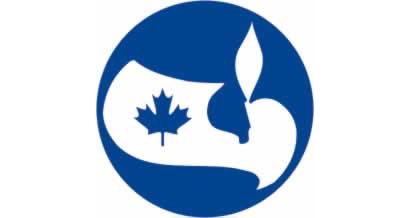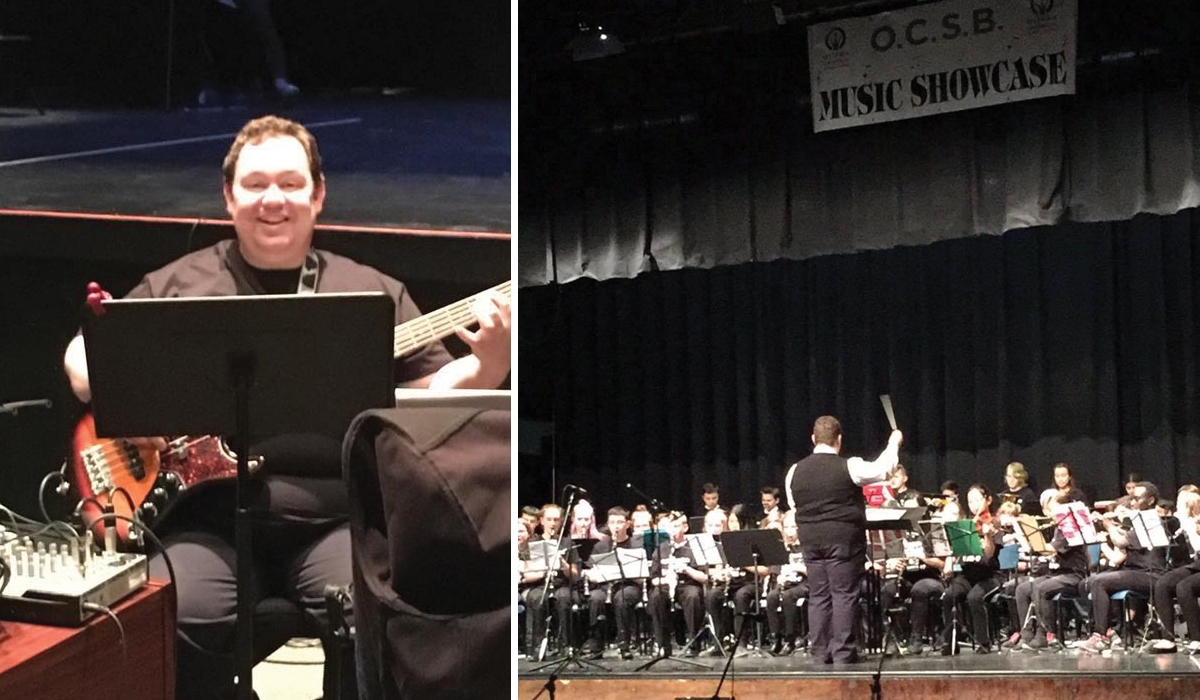
Public Education – a Hallmark of Democracy
In Canada, students and their parents enjoy a right most don’t enjoy- free, high quality public education. In many parts of the world, this is not the case. Public primary education is attached with user pay fees that only the wealthy can afford. The result is that poor children and their families get left behind. Human potential is left untapped.
The Canadian Teachers’ Federation is working hard to ensure this does not happen. Education, for the most part, in Canada is free and high quality and the CTF wants to ensure it stays that way. One way is to make sure that all children have the same educational opportunities. For the CTF, this means a system of public education rooted in the principles of “universality, equity and responsiveness.”
However, unfortunately, this is not the case for all of Canada’s students. For instance Aboriginal students receive $2,000 to $3000 less per year per pupil than non-Aboriginal students. Poverty too among Aboriginal students and other groups in society such as newly-arrived immigrant families, leads to reduced educational opportunities. One in four Aboriginal children in First Nations communities live in poverty. Half of the Aboriginal students who live off reserve are from a low-income family. Poverty means going to school hungry and not being able to concentrate at the educational task at hand. There is also a wider economic cost of this loss of potential. Research by the Canadian Policy Network shows that closing the education gap between Aboriginal and non-Aboriginal peoples would add $71 billion to Canada’s GDP by 2017.
The President of the Canadian Teachers’ Federation, Mary-Lou Donnelly, says teachers can play a strong role in ensuring children receive equal access to education. Earlier this year, the Canadian Teachers’ Federation prepared a document called Federal Election: Education, Children and Youth. The report provides CTF’s recommendations on issues that would help level the playing field for children accessing public education. Issues covered in the document included child poverty, child care, the educational use of the Internet among other issues.
“Our Canadian public education systems face many challenges. Some of these can be addressed through federal/provincial/territorial partnerships while others through direct action by the federal government,” says Ms. Donnelly.
According to the Canadian Teachers’ Federation there are several key ingredients to a robust public education system. These include public education of a high quality that is supported by adequate public resources. These resources need to be collected and distributed fairly and equitably. Setting challenging but realistic goals for students and schools is another element. Most importantly, a public education system requires a knowledgeable, committed and responsible teaching profession to make it all happen.
Sadly, this is not always the case as resources in the community vary. In middle to high income neighborhoods, parents are often able to contribute financially to a school to ensure no student goes without. On the other end of the scale are schools in impoverished areas where students are underfed, unfed or poorly fed and where fundraising efforts are not as successful as those in more affluent communities.
Therefore, there are limited opportunities for school funding and as a result, the educational opportunities for students are limited. The Canadian Teachers’ Federation hopes to narrow this gap – and allow all students a chance at academic success through equity.
“Equity for students in these schools means being compared with one another, being ranked as equals for external tests, being expected to produce comparable results without comparable resources.” says Ms. Donnelly.
A strong public education system where all children have an equal chance at academic success is the hallmark of a democratic society. Canadian children deserve no less.








